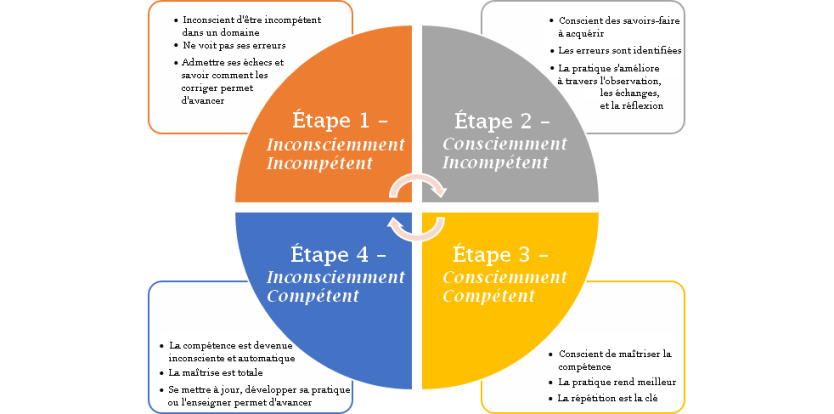Some People Excel At Architecture Transformer And Some Don't - Which O…
작성일 24-06-29 10:27
페이지 정보
작성자… 조회 15회 댓글 0건본문
Introduction:
The field of Natural Language Processing (NLP) has witnessed remarkable advancements in recent years, thanks to the rise of deep learning techniques. One such breakthrough in NLP is the Generative Pre-trained Transformer (GPT) model, which has revolutionized various language-related tasks. This brief report explores the fundamentals, applications, and impact of GPT, delving into its transformative capabilities in the world of NLP.
 What is GPT?
What is GPT?
GPT, developed by OpenAI, is a state-of-the-art language processing model based on the Transformer architecture. It leverages unsupervised learning to pre-train on enormous amounts of text data from the internet, helping it learn the statistical patterns of language. This pre-training process allows GPT to develop a comprehensive understanding of grammar, context, semantics, TAL and even sociocultural nuances in text data.
Key Features and Capabilities:
The primary strength of GPT lies in its ability to generate human-like text with impressive coherence, creativity, and context. By utilizing self-attention mechanisms, GPT can capture long-range dependencies and understand the context of words within a sentence or document. This provides an advantage over traditional NLP models, which often struggle with contextual understanding.
Moreover, GPT can perform a wide range of language-related tasks, including text completion, sentiment analysis, machine translation, and question answering. Its versatility stems from fine-tuning the pre-trained model on task-specific data, allowing it to adapt to different applications across various domains.
Applications and Impact:
The impact of GPT spans across multiple domains, benefiting industries such as customer support, content generation, chatbots, language translation, and more. Its ability to generate coherent and contextually appropriate text has proven instrumental in automating content generation for news articles, product descriptions, and social media posts.
In the customer support domain, GPT-powered chatbots have enhanced user experiences by offering real-time assistance, resolving queries, and simulating human-like interactions. Furthermore, GPT's language translation capabilities have significantly improved machine translation systems, enabling seamless communication across different languages.
Challenges and Limitations:
Despite its considerable advancements, GPT still faces some challenges and limitations. GPT may generate plausible but incorrect or biased responses, as it lacks factual verification mechanisms during text generation. Moreover, GPT often exhibits sensitivity to input phrasing, making it susceptible to adversarial attacks and potentially producing harmful outputs when targeted.
Additionally, the massive computational requirements and data resources needed for training GPT remain significant obstacles for wider accessibility and adoption. The models' size, training time, and energy consumption hinder real-time applications and limit its usage to well-resourced organizations.
Conclusion:
The Generative Pre-trained Transformer has transformed the field of NLP by pushing the boundaries of language understanding, context modeling, and text generation. Its advanced capabilities in processing natural language and performing various language-related tasks have made it a powerful tool in numerous industries. However, further research is necessary to address its limitations and ensure ethical and responsible deployment. With ongoing developments in the field of NLP, the future looks promising for GPT and its implications in human-machine interaction.
The field of Natural Language Processing (NLP) has witnessed remarkable advancements in recent years, thanks to the rise of deep learning techniques. One such breakthrough in NLP is the Generative Pre-trained Transformer (GPT) model, which has revolutionized various language-related tasks. This brief report explores the fundamentals, applications, and impact of GPT, delving into its transformative capabilities in the world of NLP.
 What is GPT?
What is GPT?GPT, developed by OpenAI, is a state-of-the-art language processing model based on the Transformer architecture. It leverages unsupervised learning to pre-train on enormous amounts of text data from the internet, helping it learn the statistical patterns of language. This pre-training process allows GPT to develop a comprehensive understanding of grammar, context, semantics, TAL and even sociocultural nuances in text data.
Key Features and Capabilities:
The primary strength of GPT lies in its ability to generate human-like text with impressive coherence, creativity, and context. By utilizing self-attention mechanisms, GPT can capture long-range dependencies and understand the context of words within a sentence or document. This provides an advantage over traditional NLP models, which often struggle with contextual understanding.
Moreover, GPT can perform a wide range of language-related tasks, including text completion, sentiment analysis, machine translation, and question answering. Its versatility stems from fine-tuning the pre-trained model on task-specific data, allowing it to adapt to different applications across various domains.
Applications and Impact:
The impact of GPT spans across multiple domains, benefiting industries such as customer support, content generation, chatbots, language translation, and more. Its ability to generate coherent and contextually appropriate text has proven instrumental in automating content generation for news articles, product descriptions, and social media posts.
In the customer support domain, GPT-powered chatbots have enhanced user experiences by offering real-time assistance, resolving queries, and simulating human-like interactions. Furthermore, GPT's language translation capabilities have significantly improved machine translation systems, enabling seamless communication across different languages.
Challenges and Limitations:
Despite its considerable advancements, GPT still faces some challenges and limitations. GPT may generate plausible but incorrect or biased responses, as it lacks factual verification mechanisms during text generation. Moreover, GPT often exhibits sensitivity to input phrasing, making it susceptible to adversarial attacks and potentially producing harmful outputs when targeted.
Additionally, the massive computational requirements and data resources needed for training GPT remain significant obstacles for wider accessibility and adoption. The models' size, training time, and energy consumption hinder real-time applications and limit its usage to well-resourced organizations.
Conclusion:
The Generative Pre-trained Transformer has transformed the field of NLP by pushing the boundaries of language understanding, context modeling, and text generation. Its advanced capabilities in processing natural language and performing various language-related tasks have made it a powerful tool in numerous industries. However, further research is necessary to address its limitations and ensure ethical and responsible deployment. With ongoing developments in the field of NLP, the future looks promising for GPT and its implications in human-machine interaction.
댓글목록
등록된 댓글이 없습니다.